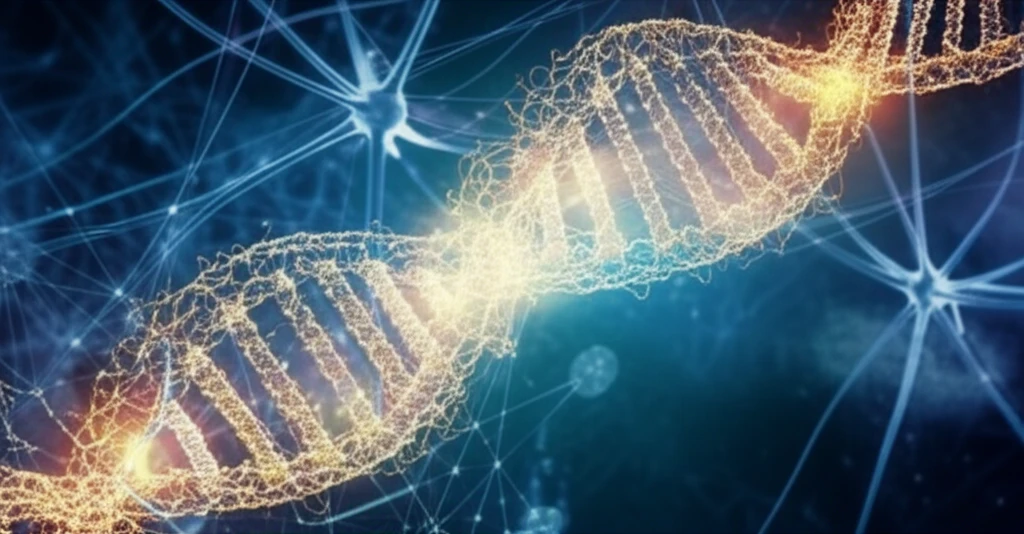
Clusterin: The Multifaceted Protein You Need to Know About
"Unlocking the secrets of Clusterin: From its role in cancer to Alzheimer's and how it could revolutionize treatment strategies."
In the vast and complex world of proteins, certain molecules stand out for their versatility and wide-ranging impact on human health. One such protein is clusterin (CLU), also known as apolipoprotein J. Initially identified for its role in cell aggregation, clusterin has since been found to play a significant part in numerous biological processes, from cancer progression to neurodegenerative diseases like Alzheimer's. Its multifaceted nature makes it a compelling subject of study, with the potential to unlock new therapeutic strategies.
Clusterin's influence spans several critical areas of health, making it relevant to a diverse audience. Whether you're interested in cancer research, neurological disorders, or the intricate workings of the human body, understanding clusterin is essential. Research indicates that clusterin is involved in everything from spermatogenesis to lipid transport and even epithelial cell differentiation. This broad range of functions underscores its importance in maintaining cellular homeostasis and overall health.
This article aims to break down the complexities of clusterin research, providing an accessible overview of its structure, functions, and implications for various diseases. We'll explore how clusterin operates at the molecular level, its sometimes contradictory roles in different conditions, and the latest efforts to harness its potential for therapeutic benefit. Whether you are a student, a healthcare professional, or simply curious about the latest advancements in medical science, this guide will provide you with a clear and comprehensive understanding of clusterin.
What Exactly Is Clusterin, and What Does It Do?

Clusterin is a glycoprotein—a protein with carbohydrate attachments—found in various tissues and bodily fluids. The gene that encodes clusterin is located on chromosome 8 (8p21.1). This gene contains 10 exons, the first two of which are used alternatively to produce two different transcript isoforms. These isoforms lead to different forms of the clusterin protein with distinct functions and locations within the cell. Its versatility stems from these different forms and their ability to interact with a wide array of other molecules.
- Secreted Clusterin (sCLU): Produced from transcript isoform 2, sCLU begins as a precursor protein that undergoes glycosylation and cleavage in the endoplasmic reticulum (ER). The result is a mature, secreted heterodimer consisting of alpha and beta chains held together by disulfide bonds. sCLU is primarily known for its anti-apoptotic, pro-survival functions.
- Nuclear Clusterin (nCLU): In contrast, nuclear clusterin is translated from transcript isoform 1 and remains within the nucleus. There is evidence of two different sized nuclear clusterin proteins which may result from translation started either at ATG present in exon 3 or in exon 1. nCLU is often associated with pro-apoptotic functions, making it essentially the functional opposite of sCLU.
The Future of Clusterin Research: What's Next?
Clusterin's dual roles and involvement in multiple diseases make it a compelling target for therapeutic interventions. Current research focuses on developing strategies to modulate clusterin expression or function to treat various conditions. For instance, antisense oligonucleotides (ASOs) that target clusterin are being explored to enhance the effectiveness of cancer therapies. Similarly, understanding how clusterin interacts with amyloid-beta peptides in Alzheimer's disease could lead to new approaches for preventing or treating this devastating condition. As research progresses, clusterin promises to reveal even more about the intricate mechanisms of disease and offer new avenues for treatment.
